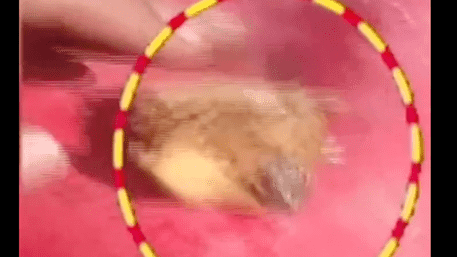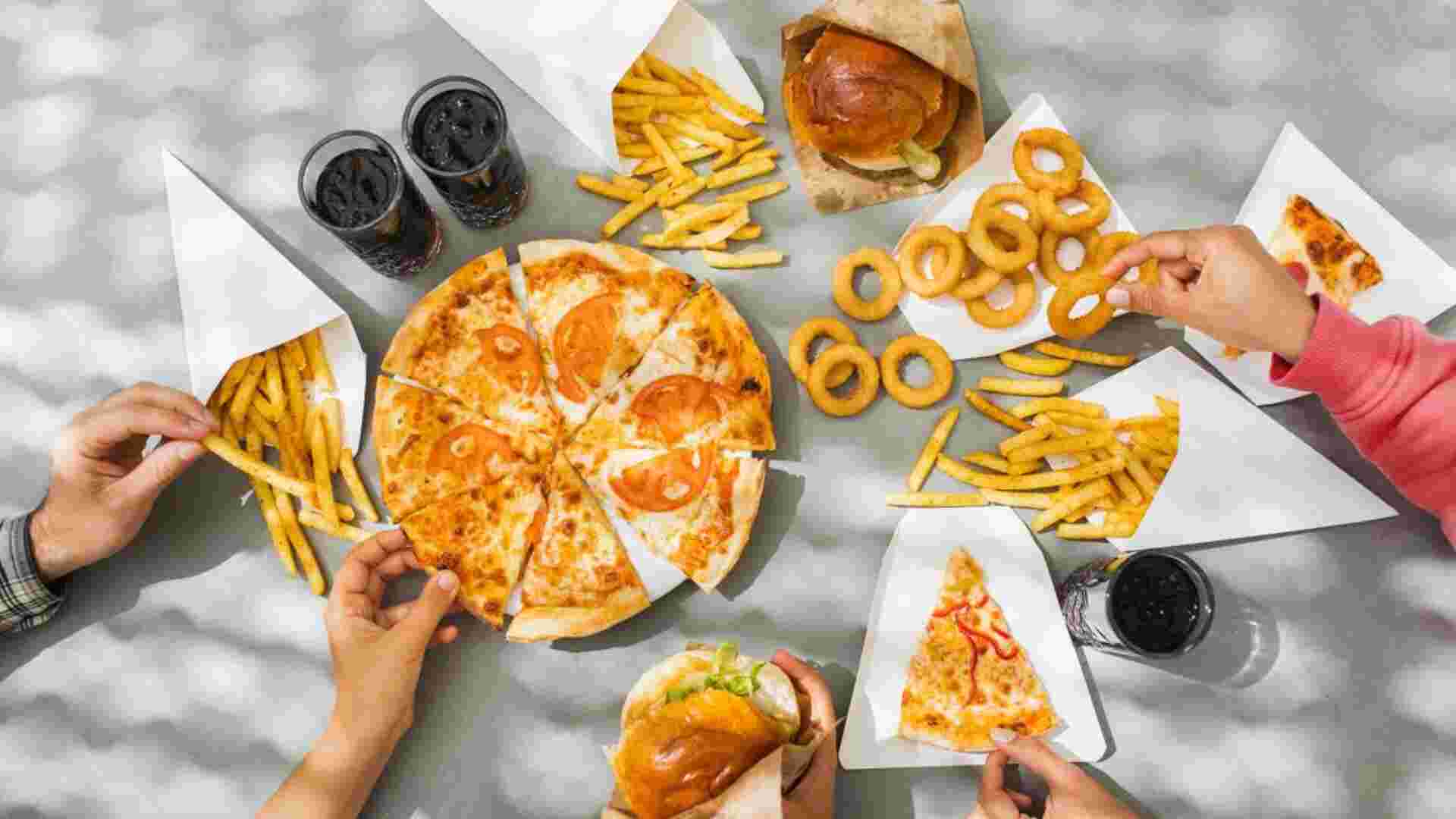
I n our fast-paced society, we often feel like we need to be constantly doing something to be productive and successful. However, the truth is that taking breaks and allowing ourselves time to do nothing can actually be incredibly beneficial for our mental and physical health, as well as our overall productivity. In this article, we will explore the benefits of doing nothing, the science behind it, and practical ways to incorporate it into your daily routine.
1. The Benefits of Doing Nothing
Contrary to popular belief, doing nothing can actually be incredibly beneficial for our well-being. Here are just a few of the benefits:
Improved mental health
Taking breaks and allowing ourselves time to do nothing can help reduce stress and anxiety, leading to improved mental health.
Increased creativity and productivity
By allowing our brains to rest and recharge, we can actually become more creative and productive in the long run.
Better decision-making skills
When we are constantly on the go, it can be challenging to make thoughtful decisions. Taking breaks and doing nothing can help us think more clearly and make better decisions.
Reduced stress and anxiety
By taking breaks and allowing ourselves to do nothing, we can reduce stress and anxiety, leading to improved overall health and well-being.
Enhanced relationships
When we are constantly busy, it can be challenging to make time for the people in our lives. By taking breaks and doing nothing, we can prioritize relationships and improve our connections with others.
The Science Behind Doing Nothing
There is actually science behind the benefits of doing nothing. The brain has a default mode network that is activated when we are at rest. This network helps the brain process information, consolidate memories, and develop new insights. When we are constantly on the go, the default mode network is not activated as frequently, which can lead to a decrease in productivity and creativity.
2. Practical Ways to Do Nothing
If you’re ready to start incorporating doing nothing into your daily routine, here are a few practical ways to do so:
Mindful breathing exercises
Taking a few minutes each day to focus on your breath and be present in the moment can be incredibly restful and rejuvenating.
Taking a nature walk
Spending time in nature and away from the hustle and bustle of everyday life can be incredibly
restorative.
Spending time in silence
Setting aside time each day to simply be silent and present with your thoughts can help reduce stress and increase creativity.
Engaging in creative
activities
Activities like drawing, painting, or writing can be incredibly restful and help activate the default mode network.
Disconnecting from technology
Taking a break from technology can help reduce stress and increase productivity.
3. Overcoming the Guilt of Doing Nothing
Many of us feel guilty when we take breaks or do nothing at all. However, it’s important to recognize the value of rest and relaxation. By prioritizing self-care and taking breaks when we need them.
4. Incorporating Doing Nothing into Your Routine
If you’re struggling to incorporate doing nothing into your routine, start by scheduling time for rest and relaxation. Find a balance between rest and productivity, and make a commitment to prioritize self-care.















